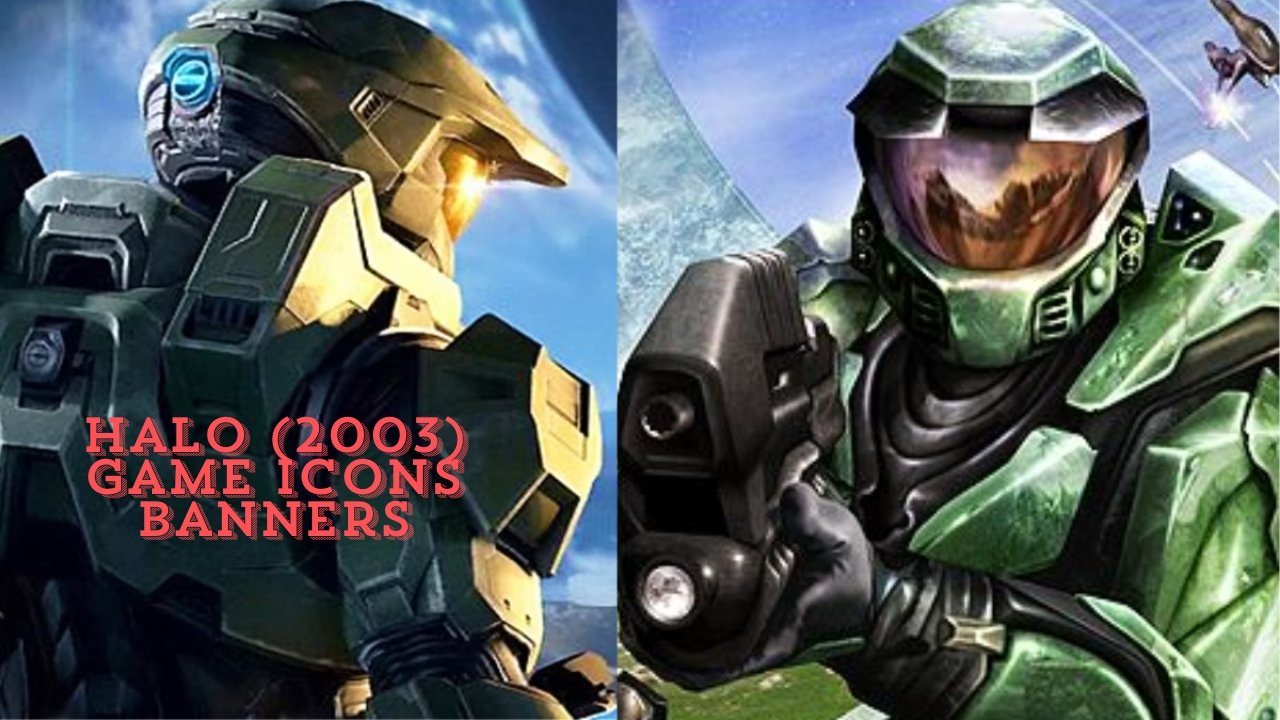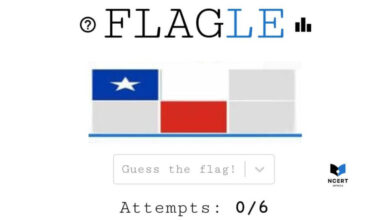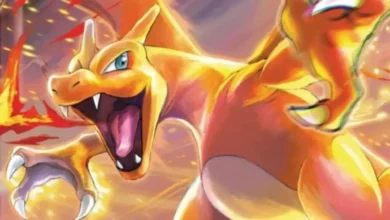Halo (2003) Game Icons Banners was made available in the year 2001, by Bungie and was published in 2001 by Microsoft Game Studios, quickly became a game that revolutionized the world of gaming. In 2003 the iconic first-person shooter had established itself as a cultural force that spawned sequels, huge fan base and a whole series of merchandise. It is widely praised for its compelling story, inventive gameplay, and unforgettable multiplayer modes, Halo (2003) Game icons Banners established a new standard of console games.
For those who have personally played it those who experienced it personally, these game icons as well as banners from 2003 have a profound symbolic significance that invokes nostalgia. They also entice new players to explore its rich history. The graphics of 2003 were crucial in the development of what we call the heart of contemporary gaming culture as images that were pixelated were transformed into legendary representations of courage and adventure. Take a look at the nostalgic side of the Halo visual persona and find out how these elements still influence games today.
Halo (2003) Game Icons Banners Game Icons Banners A Revolution in Gaming
Halo (2003) Game Icons Banners was a huge hit at the time it first debuted due to its unique multiplayer options with a dynamic gameplay experience and enthralling plot.Players initially met the legendary Chief Chief and his AI ally, Cortana, in this futuristic game that takes place in a universe where humankind is in a bloody battle with the Covenant. Covenant.
The massive popularity that was Halo (2003) Game Icons Banners not only led to the creation of a lucrative series, with numerous sequels and spin-offs but also made significant influence on the aesthetics of gaming. Its Halo (2003) Game Icons Banners branding’s enduring connection with its iconic banners and symbols was a major influence on the way that contemporary video games look.These visually appealing elements that gamers and avid gamers alike cannot not help but notice are now a symbol of the Halo (2003) Game Icons Banners innovative role in changing the genre of first-person shooters and the game’s rich story.
The Evolution of Game Icons and Visual Identity in the Gaming Industry
Since the very beginning of graphic images that were pixelated, game symbols have come quite a bit. Simple symbols were the first to allow one to convey complicated identities and stories. The designs changed with the advancement of technology.
The early 1990s saw the beginning of the era of development for developers. and in the early 2000s realized that a visual identities could help enhance brand recognition. Characters such as Mario and Sonic changed from simple avatars into cultural icons.
Through Halo (2003) In the year 2003, we started a new phase where the experience of players was heavily influenced by artistic direction. The crisp banners and distinctive logos of Halo game set the stage for the future projects.
Nowadays, franchises meticulously design their logos in order to draw the attention of viewers. The game icons are constantly changing to reflect current trends while maintaining their original combination of nostalgia and modernity that keep players engaged in an ever-changing landscape.
The Design and Symbolism of the Halo (2003) Game Icons Banners
Halo (2003) Game Icons Banners are a masterclass for visual storytelling. Every element speaks more than the surface level. For example, the well-known Master Chief helmet stands for strength and endurance.
As important are the color choices. The vibrant greens and blues offer an optimistic outlook in the face of adversity. The duality is a reflection of the story that is that game an epic battle to live against unbeatable odds.

Textures are equally important and worn-out surfaces speak of a savage past. They encourage players to explore an entire world of legends and myths.
Every typeface has its significance. The bold fonts of Titles draw attention and captures the excitement that is the game. Each design decision was carefully thought out creating an experience that lingers even after the game has ended.
The components that make up the game create not just banners but also timeless images that represent the essence of what Halo represents in modern game culture.
Nostalgia and its Function as a part of Gaming Culture
In the gaming world it is important to have nostalgia because it triggers memories to our youth. It transforms play into precious recollections.
When gamers revisit old games such as Halo (2003) and Halo (2003), they are able to explore a myriad of memories, rather than play with the game’s mechanics. The trip back in time could be enhanced by the graphics or sounds, or even characters.
The emotional bond builds communities. Gamers are able to connect with their common experiences and memories of their favorite moments from previous adventures.
Another factor that influences game creation today is nostalgia. Utilizing new technologies developers may choose to honor classic pictures or stories.
The result is a distinct mix that is appealing to a variety of generations. Remasters and sequels help younger gamers discover these classics which creates a constant process of reverence for the works that has gone before them.
In this way the nostalgia is a vital thread that runs through the gaming culture.
What Other Games have modeled or derived From Halo’s Visual Identity
Halo (2003) established an extremely high standard in visual recognition in games. For many game developers its distinct colors and aesthetics established the standard. Many books have adapted inspiration from Halo’s style to recreate the same sense of the epic adventure.
Although they incorporated their own variations with vibrant landscapes and a rich historical context, games like Destiny mostly took inspiration from Halo’s sci-fi concepts. In addition to a distinct look that makes it stand out from the previous games and the sleek designs of the armor reflect Master Chief.
Some of the titles, in contrast they decided to go completely off the rails. They avoided realistic graphics and opted for more sassy or retro images. They are a cartoony experience and vibrant hues, games like Ratchet & Clank illustrate this distinction.
In spite of these distinctions but still, the shadows of Halo is still a major influence on contemporary design choices. Many designers are still finding their inspiration in 2003 as they chart new avenues for visual storytelling.
The Impact on Halo (2003) upon the Gaming Scene
Innovating the concept of multiplayer games, Halo (2003) created an example for future projects. The flawless interface on the internet and innovative gaming concepts inspired numerous creators.
The first-person shooters of the present borrow ideas from Halo’s design principles. Today’s games nowadays almost always feature collaborative play, but also narrative. In keeping with Halo’s initial focus on participation by players, a number of games today make community-driven content first priority.
Beyond that, Halo’s established brand identity is still a source of inspiration for me. It’s still inspiring me with its bold design and color palette iconic game icons
The impact extends beyond gameplay to story complexity too. A rich tale, as game developers know, can draw gamers in a variety of ways similar to the intricate world that was created in Halo.
Even esports have a part of its rise to Halo’s competitive gaming environment that showed how engaging multiplayer games can captivate viewers across the globe. This revolutionary game influences the modern gaming scene.

FAQs: Halo (2003) Game Icons and Banners
Here are some essential questions:
Q What’s the background story to Master Chief’s head-gear design?
A Master Chief’s Helmet was created to be instantly recognized and to give a sense and power. The shape of its visor and overall shape have become a symbol of that of the Halo franchise.
Q How has Halo icons influence the other game series?
A: Halo’s simple practical UI style and iconic silhouettes of characters have inspired a variety of sci-fi games in setting the standards for HUD layouts and character designs within games in the FPS genre.
Q: Can players make themselves icons in current Halo games?
Yes, many contemporary Halo games let players make custom emblems by using an assortment of predefined colors and shapes, allowing players to personalize the game’s design.
Q What’s the most famous Halo icon beyond the gaming community?
A Master Chief’s helmet is probably the most well-known Halo icon that is often used to represent the entire franchise in larger cultural contexts.
Q: How do Halo icons differ across various gaming platforms?
A: While the fundamental designs are the same, icons may be adjusted to various settings or sizes across different platforms, which ensures the same functionality and clarity across console, PC as well as mobile.
Final Words
Halo’s Halo (2003) Game Icons Banners are powerful symbols in gamers, representing an essence that is a well-loved franchise. These visual elements go far beyond mere decoration. They reflect the rich lore, as well as the narrative richness in The Halo universe. The iconic images, such as the Master Chief’s helmet as well as UNSC’s emblem UNSC emblem, inspire feelings of heroes and unity among the players, creating an emotional bond.
The designs used of the banners are a great way to enhance the themes of military and futuristic and immerse the players in a tense combat against alien foes. Additionally the intricate symbols that are associated with the Covenant provide a sense in mystery as well as intrigue contrasted with the human iconography. In multiplayer games, custom icons allow players to show their personal style, and create an identity and competitiveness.
In the end The Halo (2003) Game Icons Banners do more than just encourage games but they also help promote game but also help to create a the larger narrative about culture which helps establish Halo’s place as a pioneering force within the field of gaming.




